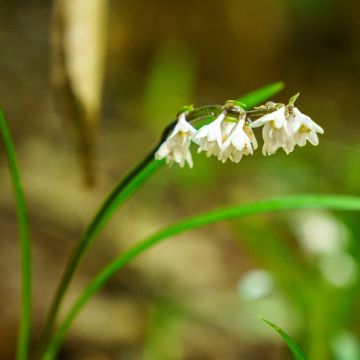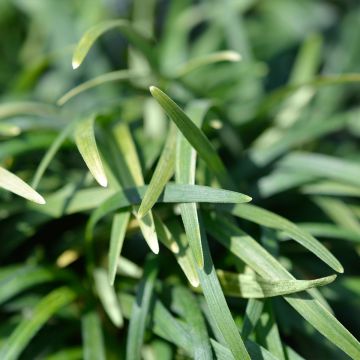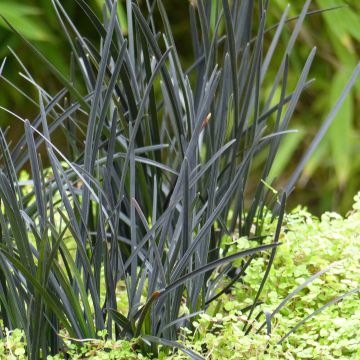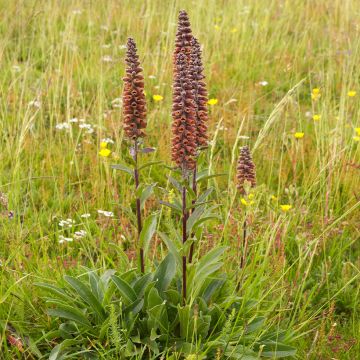

Ophiopogon Albo variegata ou Albovariegatus


Ophiopogon Albo variegata ou Albovariegatus
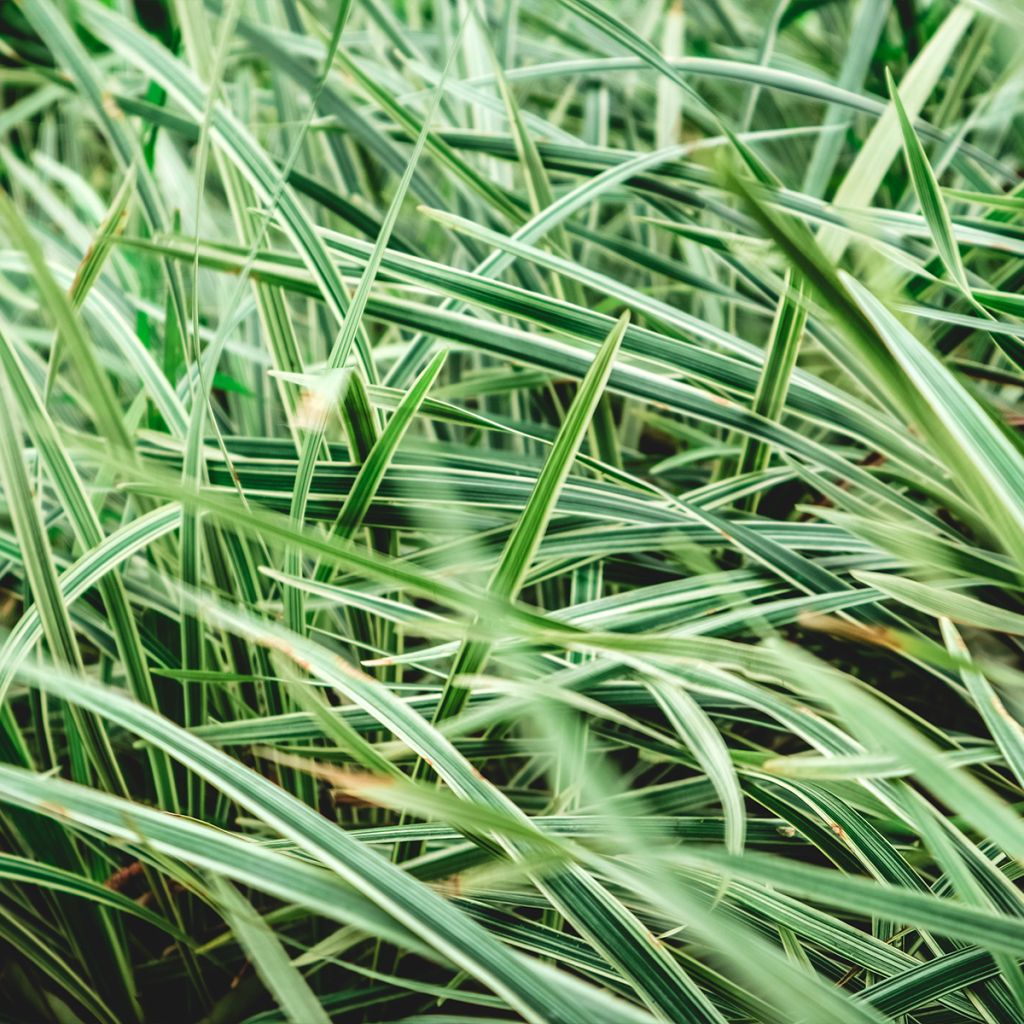

Ophiopogon Albo variegata ou Albovariegatus
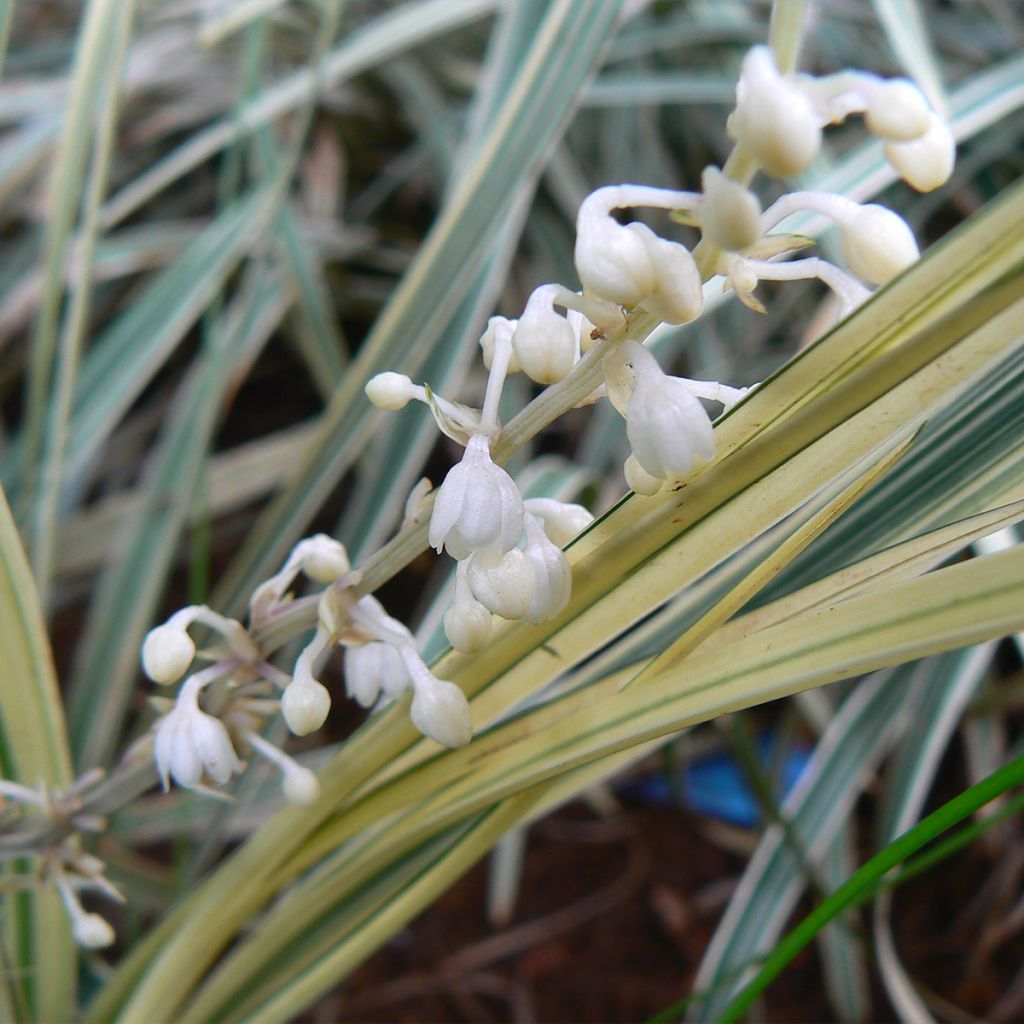

Ophiopogon Albo variegata ou Albovariegatus
Ophiopogon jaburan Albo Variegata
Ophiopogon jaburan Albo Variegata
Mondo Grass, Fountain Plant, Monkey Grass, Snake's beard
This item cannot be shipped to the selected country
Delivery charge from €5.90
More information
Schedule delivery date,
and select date in basket
This plant carries a 12 months recovery warranty
More information
We guarantee the quality of our plants for a full growing cycle, and will replace at our expense any plant that fails to recover under normal climatic and planting conditions.
From €5.90 for pickup delivery and €6.90 for home delivery
Express home delivery from €8.90.
Does this plant fit my garden?
Set up your Plantfit profile →
Description
Ophiopogon 'Albo Variegata' is sometimes sold under the names Ophiopogon japonicus 'Albo Variegata' or Ophiopogon jaburan 'Albo Variegata'. It is a lovely variety with variegated foliage and white flowers derived from this small perennial plant called Snake's Tongue or Japanese Lilyturf. It forms a spreading clump of long, decorative leaves in winter, which are adorned with discreet floral spikes in summer, followed by small fruits of varying shades of blue. This Ophiopogon slowly colonizes the soil at the base of trees, in borders or flower beds, always in partially shaded areas.
Ophiopogon is a genus native to shaded thickets and wooded areas of China and Japan, belonging to the lily family. Ophiopogon japonicus 'Albo Variegata' is a slow-growing rhizomatous perennial with trailing roots, forming a clump 20cm (8in) tall and spreading to 30cm (12in). The plant gradually forms small scattered clumps. Its foliage, which somewhat resembles that of grasses, consists of linear, ribbon-like, and arching leaves, rough-textured, measuring 10 to 20cm (4 to 8in) in length, dark green with creamy white margins. From July, sometimes late August depending on the region, small campanulate flowers appear, measuring 4 to 7mm (0in) in length, white in colour, arranged in clusters 4 to 8cm (2 to 3in) long, borne on channelled flat stems often shorter than the foliage. This discreet flowering is followed by the development of fleshy spherical fruits, measuring 3 to 5mm (0in) in diameter, evolving from blue to bluish-black, clearly visible against the light-coloured foliage.
Over time, this Ophiopogon 'Albo Variegata' forms a very bright ground cover, easy to grow in partial shade in preferably non-calcareous humus-rich soil. Tolerating root competition and shaded areas, it will be perfect when planted at the base of tall trees or bushes. It will also find its place on a slightly shaded slope where its roots will stabilize the soil. Multiple other uses are possible: as a border plant, in a rock garden, in a pot, container, or on a terrace. Its traditional use remains in a scree garden or a small Japanese garden. Enthusiasts of bonsai use them as "Kusamono," which are plants presented with miniature trees to enhance their beauty. This Ophiopogon can be combined with Violets, Columbines, Ferns, spring bulbs, etc. It will perfectly complement the base of Rhododendrons, Azaleas, Bamboos, Roses, and many flowering shrubs.
Report an error about the product description
Flowering
Foliage
Plant habit
Botanical data
Ophiopogon
jaburan
Albo Variegata
Liliacées
Mondo Grass, Fountain Plant, Monkey Grass, Snake's beard
West Asia
Other Ophiopogon
Planting and care
Ophiopogon 'Albo Variegata' is a plant that will require no care after a period of establishment. It appreciates a semi-shaded to shaded location. It also tolerates morning sun exposure. It will tolerate temperatures as low as -15 °C, although its foliage may be damaged by the cold. In regions with harsh winters, it is strongly recommended to plant it in a sheltered location away from heavy frost and to mulch its base with a good layer of dead leaves in the autumn. Once well established, it can withstand dry summer periods. Planting can be done in spring or autumn, in a preferably slightly acidic soil, without limestone, rich in humus and clayey or sandy, well-drained to avoid excess winter moisture. In cold climates and heavy, wet soil, it is recommended to prefer planting from April to June. Multiplication can be done by dividing the clumps in spring. The young plants should be spaced 20cm (8in) apart. Highly resistant to diseases, its young foliage can however be attacked by slugs and snails.
Planting period
Intended location
Care
This item has not been reviewed yet - be the first to leave a review about it.
Summer flowering perennials
Haven't found what you were looking for?
Hardiness is the lowest winter temperature a plant can endure without suffering serious damage or even dying. However, hardiness is affected by location (a sheltered area, such as a patio), protection (winter cover) and soil type (hardiness is improved by well-drained soil).

Photo Sharing Terms & Conditions
In order to encourage gardeners to interact and share their experiences, Promesse de fleurs offers various media enabling content to be uploaded onto its Site - in particular via the ‘Photo sharing’ module.
The User agrees to refrain from:
- Posting any content that is illegal, prejudicial, insulting, racist, inciteful to hatred, revisionist, contrary to public decency, that infringes on privacy or on the privacy rights of third parties, in particular the publicity rights of persons and goods, intellectual property rights, or the right to privacy.
- Submitting content on behalf of a third party;
- Impersonate the identity of a third party and/or publish any personal information about a third party;
In general, the User undertakes to refrain from any unethical behaviour.
All Content (in particular text, comments, files, images, photos, videos, creative works, etc.), which may be subject to property or intellectual property rights, image or other private rights, shall remain the property of the User, subject to the limited rights granted by the terms of the licence granted by Promesse de fleurs as stated below. Users are at liberty to publish or not to publish such Content on the Site, notably via the ‘Photo Sharing’ facility, and accept that this Content shall be made public and freely accessible, notably on the Internet.
Users further acknowledge, undertake to have ,and guarantee that they hold all necessary rights and permissions to publish such material on the Site, in particular with regard to the legislation in force pertaining to any privacy, property, intellectual property, image, or contractual rights, or rights of any other nature. By publishing such Content on the Site, Users acknowledge accepting full liability as publishers of the Content within the meaning of the law, and grant Promesse de fleurs, free of charge, an inclusive, worldwide licence for the said Content for the entire duration of its publication, including all reproduction, representation, up/downloading, displaying, performing, transmission, and storage rights.
Users also grant permission for their name to be linked to the Content and accept that this link may not always be made available.
By engaging in posting material, Users consent to their Content becoming automatically accessible on the Internet, in particular on other sites and/or blogs and/or web pages of the Promesse de fleurs site, including in particular social pages and the Promesse de fleurs catalogue.
Users may secure the removal of entrusted content free of charge by issuing a simple request via our contact form.
The flowering period indicated on our website applies to countries and regions located in USDA zone 8 (France, the United Kingdom, Ireland, the Netherlands, etc.)
It will vary according to where you live:
- In zones 9 to 10 (Italy, Spain, Greece, etc.), flowering will occur about 2 to 4 weeks earlier.
- In zones 6 to 7 (Germany, Poland, Slovenia, and lower mountainous regions), flowering will be delayed by 2 to 3 weeks.
- In zone 5 (Central Europe, Scandinavia), blooming will be delayed by 3 to 5 weeks.
In temperate climates, pruning of spring-flowering shrubs (forsythia, spireas, etc.) should be done just after flowering.
Pruning of summer-flowering shrubs (Indian Lilac, Perovskia, etc.) can be done in winter or spring.
In cold regions as well as with frost-sensitive plants, avoid pruning too early when severe frosts may still occur.
The planting period indicated on our website applies to countries and regions located in USDA zone 8 (France, United Kingdom, Ireland, Netherlands).
It will vary according to where you live:
- In Mediterranean zones (Marseille, Madrid, Milan, etc.), autumn and winter are the best planting periods.
- In continental zones (Strasbourg, Munich, Vienna, etc.), delay planting by 2 to 3 weeks in spring and bring it forward by 2 to 4 weeks in autumn.
- In mountainous regions (the Alps, Pyrenees, Carpathians, etc.), it is best to plant in late spring (May-June) or late summer (August-September).
The harvesting period indicated on our website applies to countries and regions in USDA zone 8 (France, England, Ireland, the Netherlands).
In colder areas (Scandinavia, Poland, Austria...) fruit and vegetable harvests are likely to be delayed by 3-4 weeks.
In warmer areas (Italy, Spain, Greece, etc.), harvesting will probably take place earlier, depending on weather conditions.
The sowing periods indicated on our website apply to countries and regions within USDA Zone 8 (France, UK, Ireland, Netherlands).
In colder areas (Scandinavia, Poland, Austria...), delay any outdoor sowing by 3-4 weeks, or sow under glass.
In warmer climes (Italy, Spain, Greece, etc.), bring outdoor sowing forward by a few weeks.






































